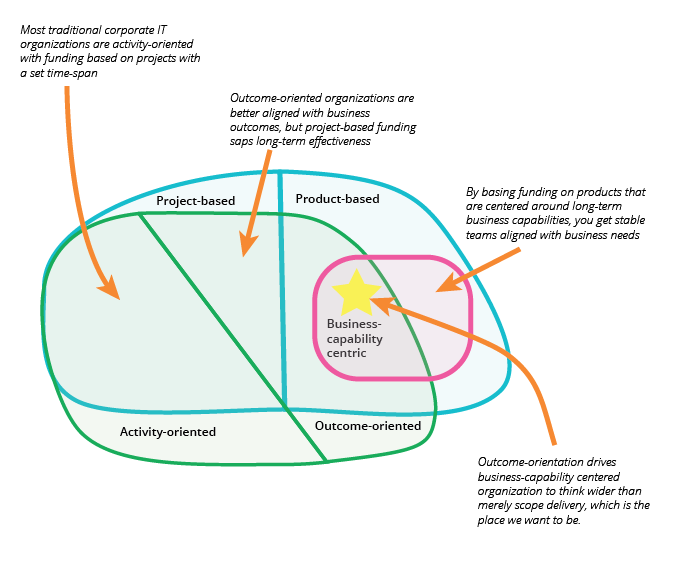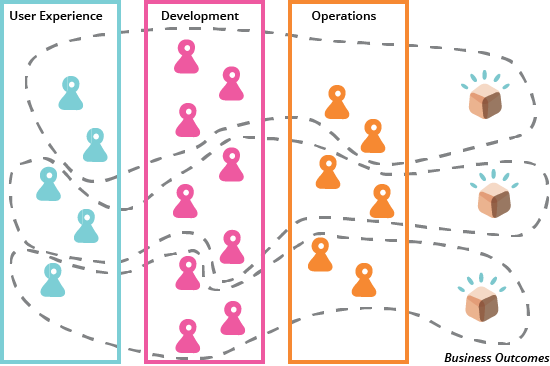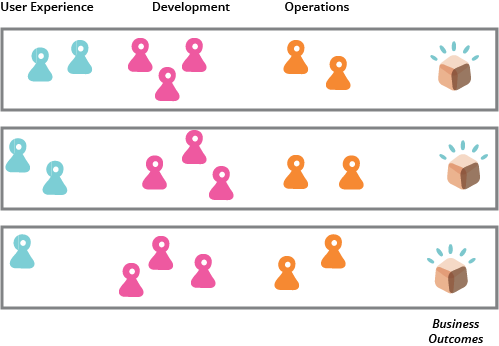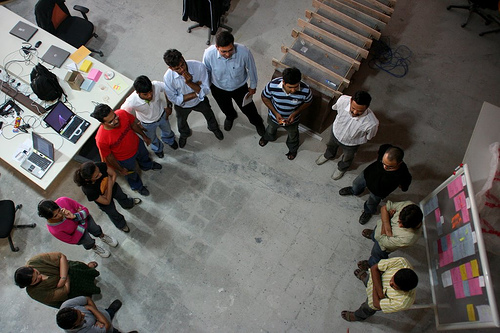during: 2016
Dominion Second Edition

There is a second edition of Dominion base game and Intrigue
Function Length
During my career, I've heard many arguments about how long a function should be. This is a proxy for the more important question - when should we enclose code in its own function? Some of these guidelines were based on length, such as functions should be no larger than fit on a screen . Some were based on reuse - any code used more than once should be put in its own function, but code only used once should be left inline. The argument that makes most sense to me, however, is the separation between intention and implementation. If you have to spend effort into looking at a fragment of code to figure out what it's doing, then you should extract it into a function and name the function after that “what”. That way when you read it again, the purpose of the function leaps right out at you, and most of the time you won't need to care about how the function fulfills its purpose - which is the body of the function.
Hidden Precision
Sometimes when I work with some data, that data is more precise than I expect. One might think that would be a good thing, after all precision is good, so more is better. But hidden precision can lead to some subtle bugs.
The Thrilling Adventures of Lovelace and Babbage
An engrossing mix of cartoons in a steampunk pocket universe, and informative footnotes about the pioneers of computing and their real Victorian world.
Value Object
When programming, I often find it's useful to represent things as a compound. A 2D coordinate consists of an x value and y value. An amount of money consists of a number and a currency. A date range consists of start and end dates, which themselves can be compounds of year, month, and day.
As I do this, I run into the question of whether two compound objects are the same. If I have two point objects that both represent the Cartesian coordinates of (2,3), it makes sense to treat them as equal. Objects that are equal due to the value of their properties, in this case their x and y coordinates, are called value objects.
Aliasing Bug

Aliasing occurs when the same memory location is accessed through more than one reference. Often this is a good thing, but frequently it occurs in an unexpected way, which leads to confusing bugs.
Boiled Carrot
I hated carrots when I was growing up, hating the smell and texture of the things. But after I left home and started to cook for myself I started to like them. Nothing changed about the carrots, nor did my taste buds get a radical overhaul, the difference was in the cooking. My mother, like so many English people of her generation, wasn't a great cook - particularly of vegetables. Her approach was to boil carrots for twenty minutes or more. I since learned that if you cook them properly, carrots are a totally different experience.
This isn't a site about cooking, but about software development. But I find that often a technique or tool is like the poor carrot - blamed for being awful when the real problem is that the technique is being done incorrectly.
Bimodal IT
Bimodal IT is the flawed notion that software systems should be divided into these two distinct categories for management and control.
- Front Office systems (systems of engagement) should be optimized for rapid feature development. These systems of engagement need to react rapidly to changing customer needs and business opportunities. Defects should be tolerated as the necessary cost for this rapid development cycle.
- Back Office systems (systems of record) should be optimized for reliability. As systems of record, it's important that you don't get defects that damage the enterprise. Consequently you slow down the rate of change.
Serverless

Serverless architectures are internet based systems where the application development does not use the usual server process. Instead they rely solely on a combination of third-party services, client-side logic, and service hosted remote procedure calls (FaaS).
YAaaS
YAaaS: Yet Another as a Service
These days everything seems to need to be “as a service”, so we need a meta-term for this linguistic trend. My thanks to my colleague Birgitta Böckeler for coming up with one. So now we can say things like “FaaS is a YAaaS for 'Function'”.
Business Capability Centric

A business-capability centric team is one whose work is aligned long-term to a certain area of the business. The team lives as long as the said business-capability is relevant to the business. This is in contrast to project teams that only last as long as it takes to deliver project scope.
Activity Oriented

Any significant software development effort requires several different activities to occur: analysis, user experience design, development, testing, etc. Activity-oriented teams organize around these activities, so that you have dedicated teams for user-experience design, development, testing etc. Activity-orientation promises many benefits, but software development is usually better done with OutcomeOriented teams.
Outcome Oriented

People who sponsor development of software usually aren’t very interested in development metrics such as velocity or frequency of deployment to production. They care more about business benefits that the software will deliver such as lower manual effort, better sales conversion, greater customer satisfaction, i.e business outcomes. Outcome-oriented teams are those that are mandated and equipped to deliver business outcomes, such teams have people with the capability to carry out all necessary activities to realize the outcome.. By contrast, ActivityOriented teams are neither equipped nor mandated to do so. They can only perform one of several activities required to realize an outcome.
Refactoring a JavaScript video store

The simple example of calculating and formatting a bill for a video store opened my refactoring book in 1999. If done in modern JavaScript, there are several directions you could take the refactoring. I explore four here: refactoring to top level functions, to a nested function with a dispatcher, using classes, and transformation using an intermediate data structure.
Evolutionary Database Design

Over the last decade we've developed and refined a number of techniques that allow a database design to evolve as an application develops. This is a very important capability for agile methodologies. The techniques rely on applying continuous integration and automated refactoring to database development, together with a close collaboration between DBAs and application developers. The techniques work in both pre-production and released systems, in green field projects as well as legacy systems.
Born for it

The stereotype of the socially-awkward, white, male programmer has been around for a long time. Although “diversity in tech” is a much discussed topic, the numbers have not been getting any better. On the contrary, a lot of people inside and outside of the IT industry still take it for granted that this stereotype is the natural norm, and this perception is one of the things that is standing in our way to make the profession more inclusive and inviting. So where does this image come from? Did the demographics of the world's programmer population really evolve naturally, because “boys just like computers more”? What shaped our perception of programmers? This text is about some possible explanations I found when reading about the history of computing.
Infrastructure As Code

Infrastructure as code is the approach to defining computing and network infrastructure through source code that can then be treated just like any software system. Such code can be kept in source control to allow auditability and ReproducibleBuilds, subject to testing practices, and the full discipline of ContinuousDelivery. It's an approach that's been used over the last decade to deal with growing CloudComputing platforms and will become the dominant way to handle computing infrastructure in the next.
It's Not Just Standing Up: Patterns for Daily Standup Meetings

Daily stand-up meetings have become a common ritual of many teams, especially in Agile software development. However, there are many subtle details that distinguish effective stand-ups and a waste of time.
